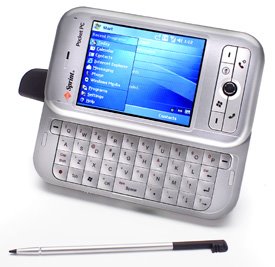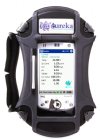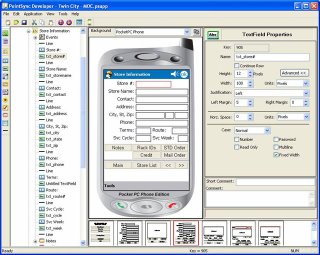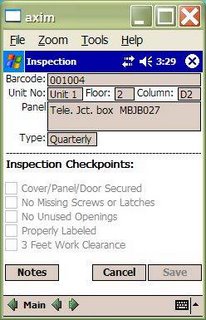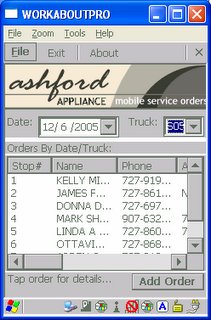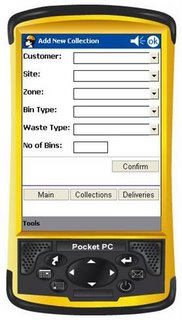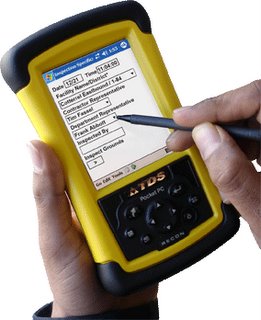Gartner Says Worldwide PDA Shipments Reach Record Level in 2005
PDA Shipments of 14.9 Million Units in 2005 Tops Previous Mark Set
in 2001
STAMFORD, Conn., February 14, 2006, Worldwide personal digital assistant
(PDA) shipments totaled a record 14.9 million units in 2005, a 19 percent
increase from 2004, according to Gartner, Inc. The 2005 results topped
the previous record of 13.2 million PDAs shipped worldwide in 2001.
Research In Motion (RIM) became the No. 1 PDA vendor based on worldwide
shipments in 2005 as it accounted for 21.4 percent of total shipments. Its shipments in 2005 increased 47 percent from 2004. These results do not include an estimated 858,000 BlackBerry smartphones shipped in 2005, which Gartner classifies separately because of their
voice-centric design.
'RIM does not appear to be losing much momentum despite its legal
problems and the threat of an injunction,' said Todd Kort, principal
analyst in Gartner's Computing Platforms Worldwide group. 'Generally,
BlackBerry users are staying put because of the high cost of switching,
lack of suitable alternative devices, and the low probability of
BlackBerry service being shut down.'
Palm shipped 2.77 million PDAs in 2005, down 25 percent from 2004
shipments. These results exclude Palm's Treo smartphone shipments
of 1.95 million units in 2005.
Palm regained the PDA market lead in the fourth quarter of 2005 with 1.04 "
